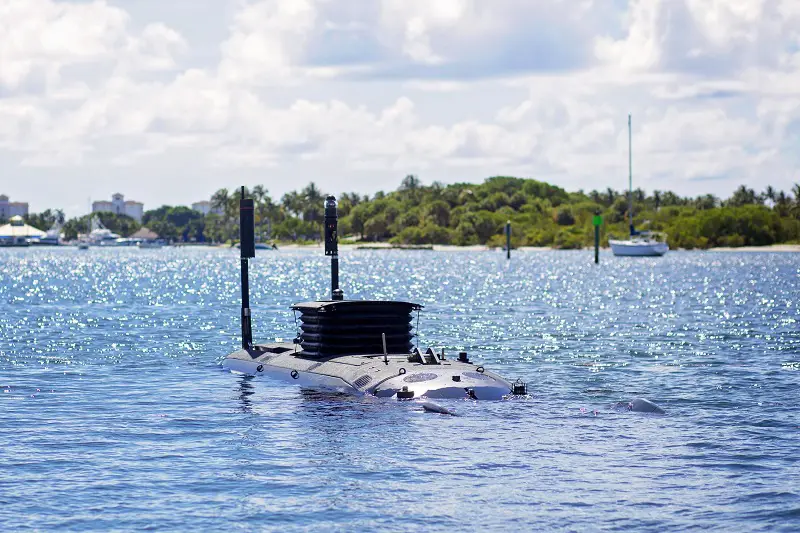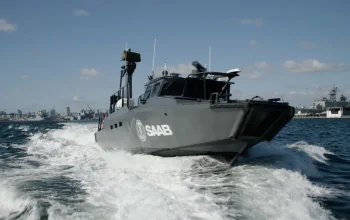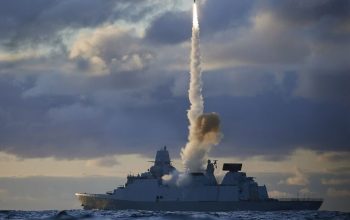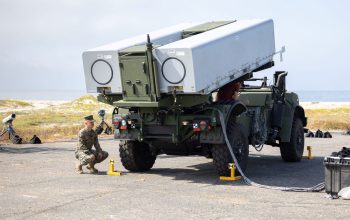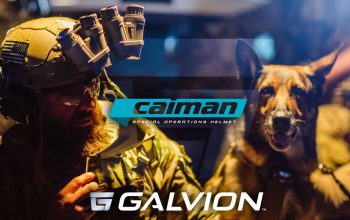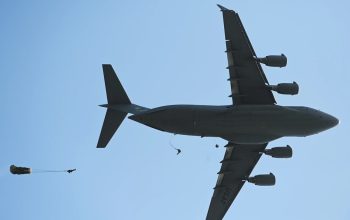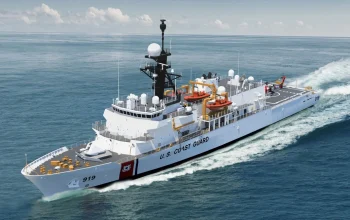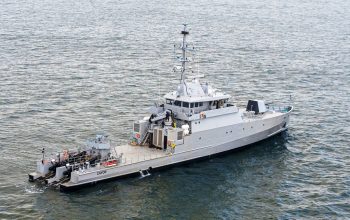U.S. Special Operations Command (USSOCOM) declared Initial Operational Capability for Lockheed Martin’s Dry Combat Submersible (DCS) last month. This milestone represents a transformational capability for USSOCOM forces in Maritime and Undersea Systems. With this capability, U.S. Special Operations Forces traveling extended distances below the surface of the ocean will be safe to do so without a wetsuit and without exposure to the elements. Due to the DCS’s lock-in/lock-out technology, special operators can get in and out of the vehicle while entirely submerged and undetected. DCS is designed to transport a special operations team to their destination and enables personnel to arrive discretely to their desired exit point.
“The Lockheed Martin team is proud of the work that has gone into the development and delivery of DCS and supporting USSOCOM to this IOC milestone. We look forward to delivering the third DCS and supporting DCS into Full Operating Capacity, filling a critical gap for USSOCOM,” says Jason Crawford, senior program manager for Manned Combat Submersibles.
The Dry Combat Submersible has the potential to transform undersea warfare for special operators. DCS provides safe, clandestine delivery for occupants over long distances in a completely dry environment and features a lock-in and lock-out chamber. Occupants arrive at the mission warm, rested, hydrated and ready, making this vessel a key advantage in mission success,” said Gregg Bauer, C6ISR vice president and general manager at Lockheed Martin.
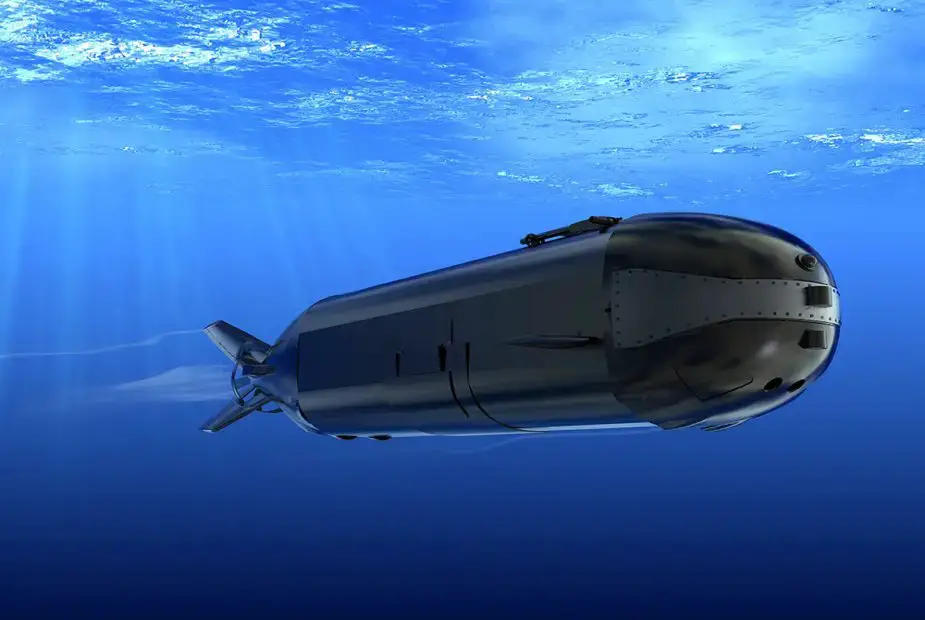
Lockheed Martin’s Dry Combat Submersible (DCS) is manufactured in Palm Beach, Florida. Sustainment operations will include lifecycle support, post-delivery logistics support, pilot and special operator training, and training equipment to ensure the safe and effective operation of the new capability in future special forces efforts. The Dry Combat Submersible (DCS) is a midget submarine delivered to USSOCOM by Lockheed Martin. Lockheed Martin were nominated as the prime contractor with Submergence Group as the sub contractor. DCS is designed for use by the United States Navy SEALs for insertion on special operations missions. It will replace the canceled Advanced SEAL Delivery System and will serve alongside the Shallow Water Combat Submersible.
As the name suggests, the Dry Combat Submersible has a dry interior, enabling longer mission durations in colder water. The DCS is designated the S351 Nemesis. Major industry members and their responsibility on the Lockheed Martin-led DCS team include General Atomics (LiFT (Lithium Ion Fault Tolerant) battery system provider); Submergence Group, and their wholly owned subsidiary MSubs, LTD (design agent, submersible manufacturer); and Det Norske Veritas Germanischer Lloyd (DNV GL). The S351 Nemesis has been developed from MSub’s existing S302 mini-sub, which is itself an improved version of the S301i. Both the S302 and S301i are produced for export by MSubs in collaboration with the Submergence Group.
